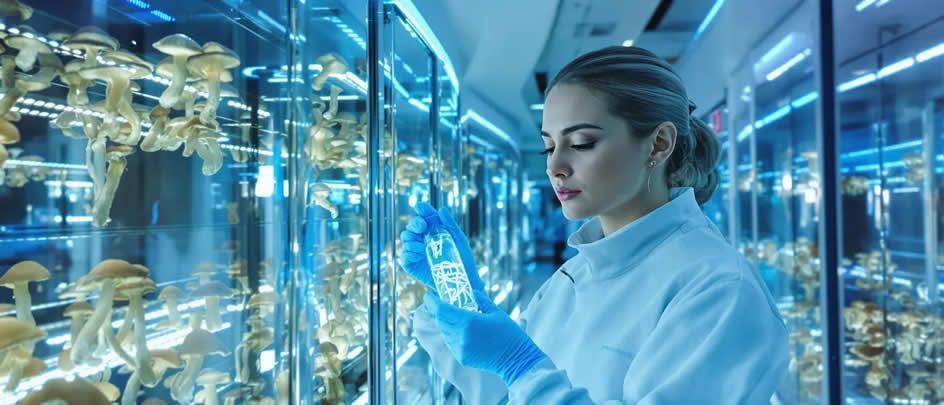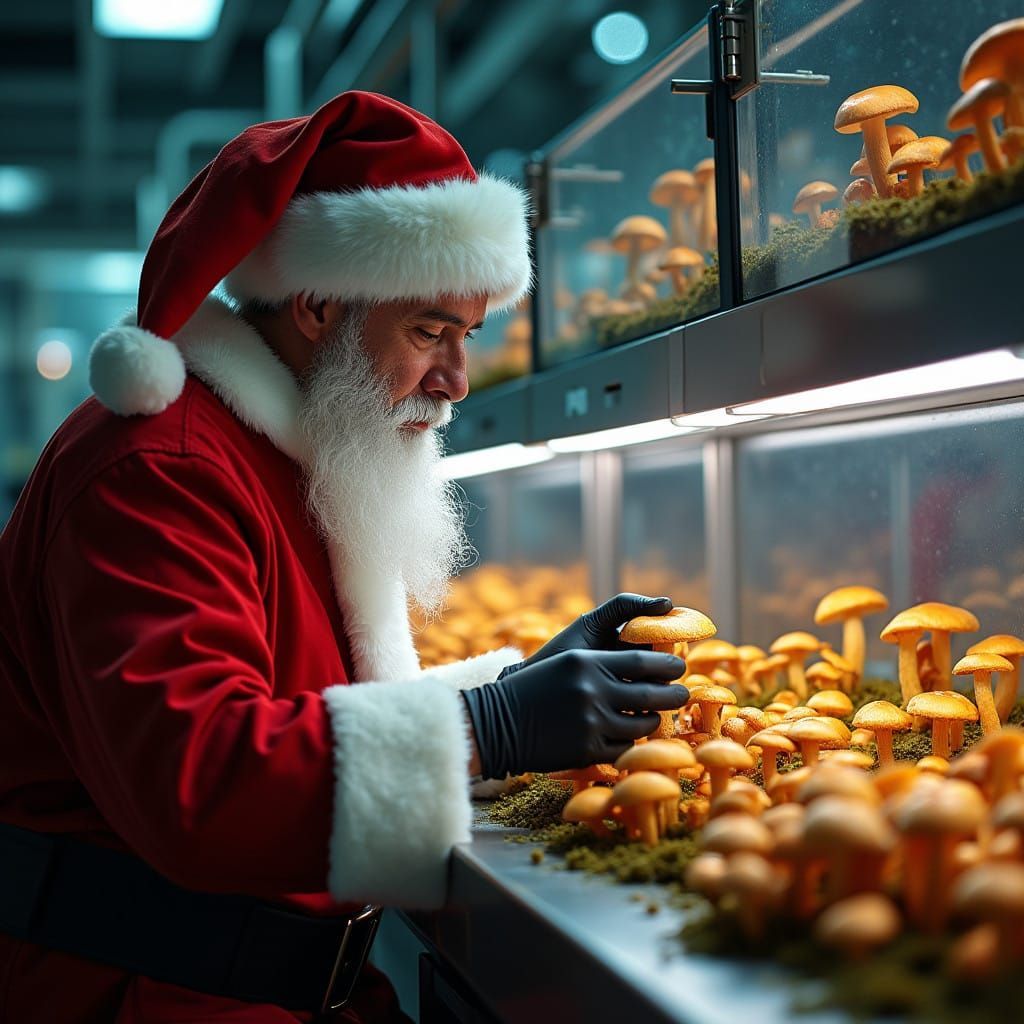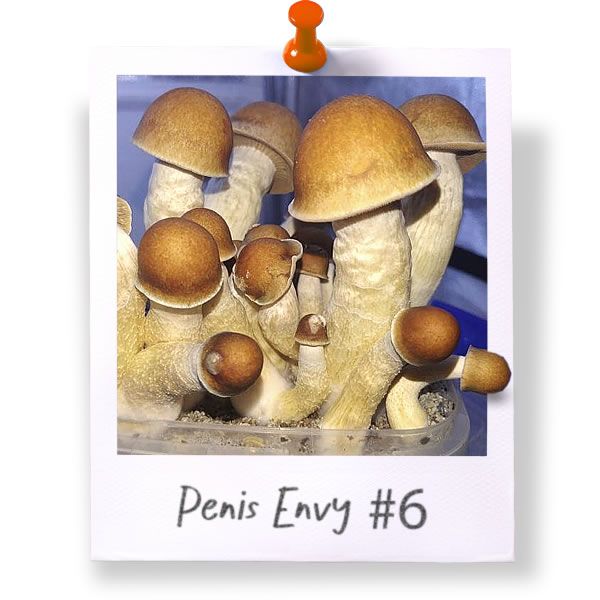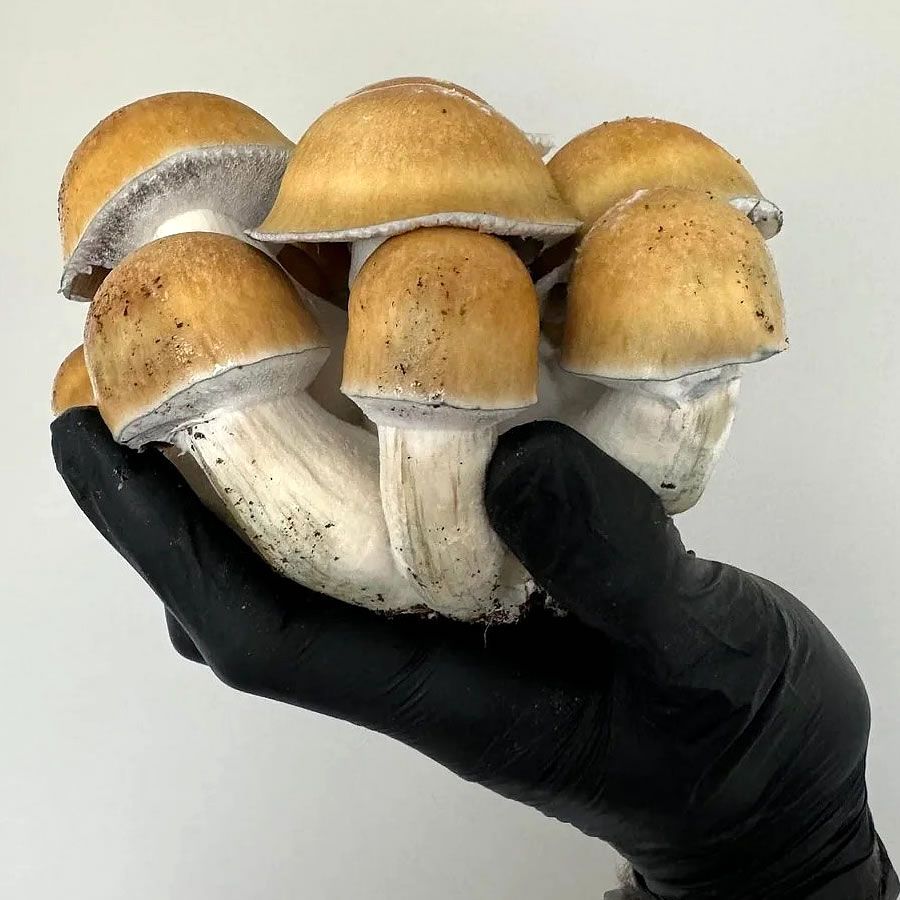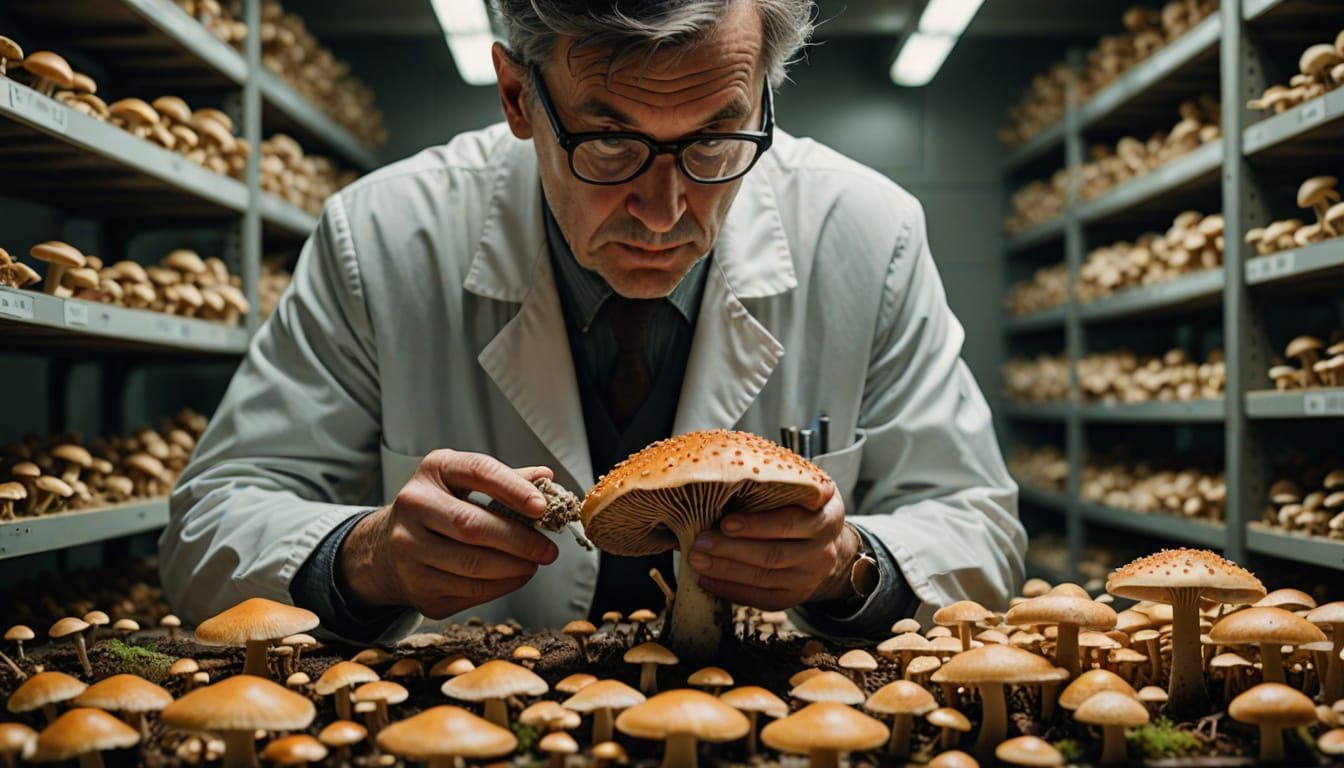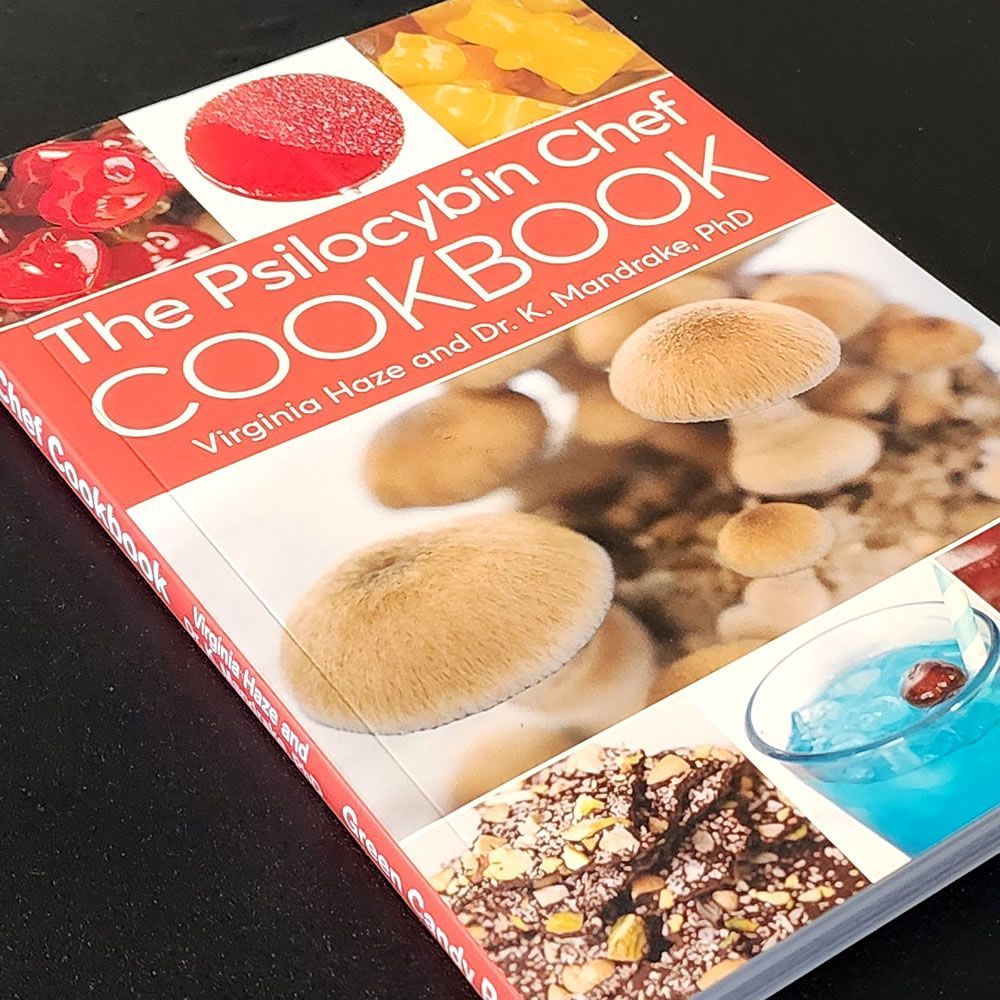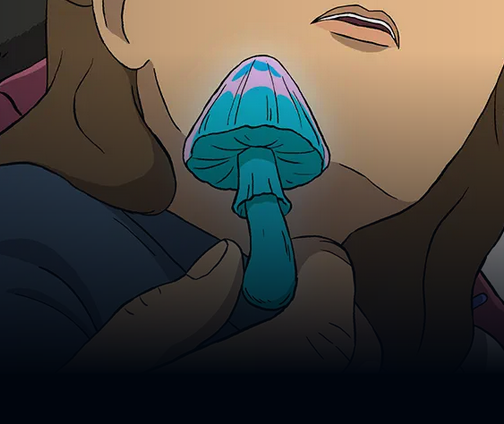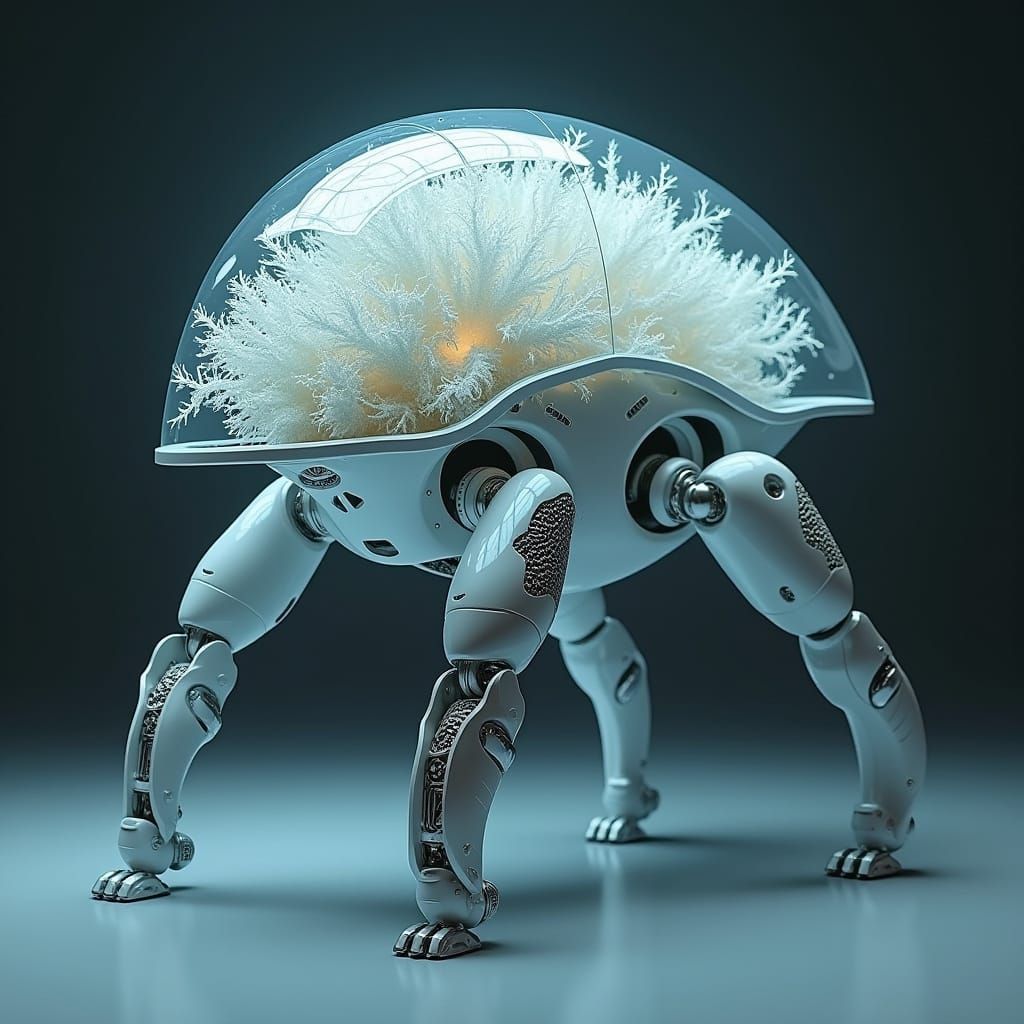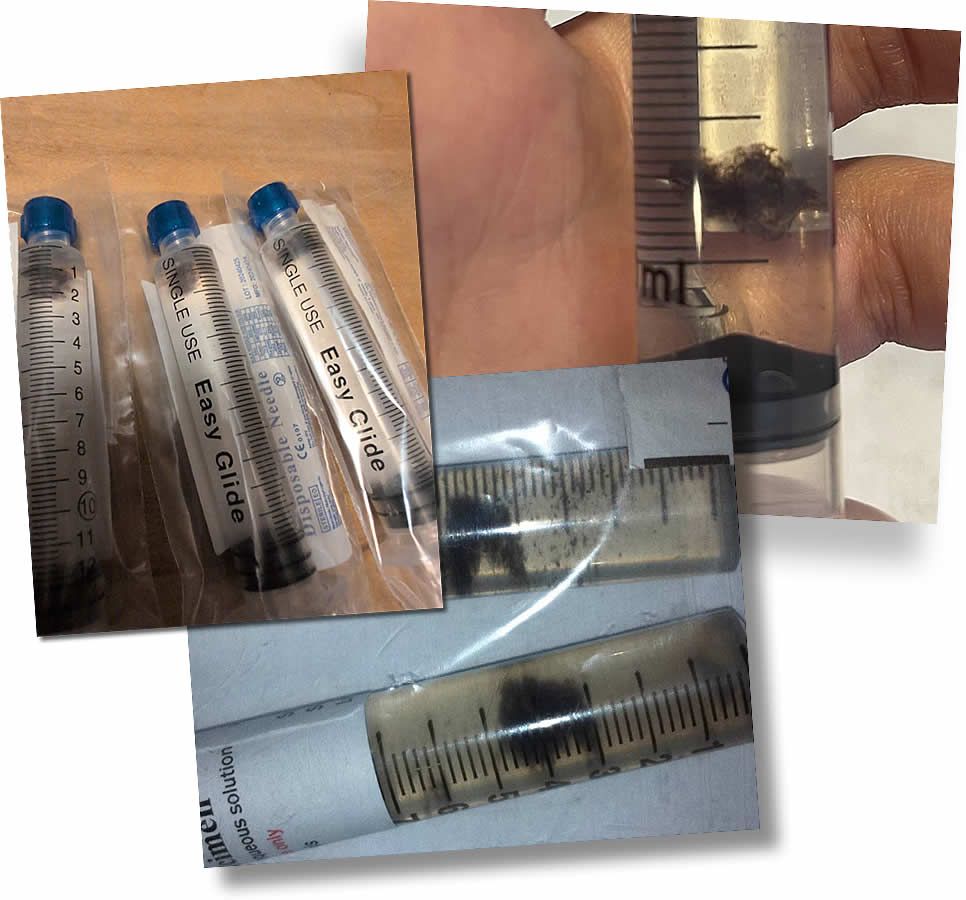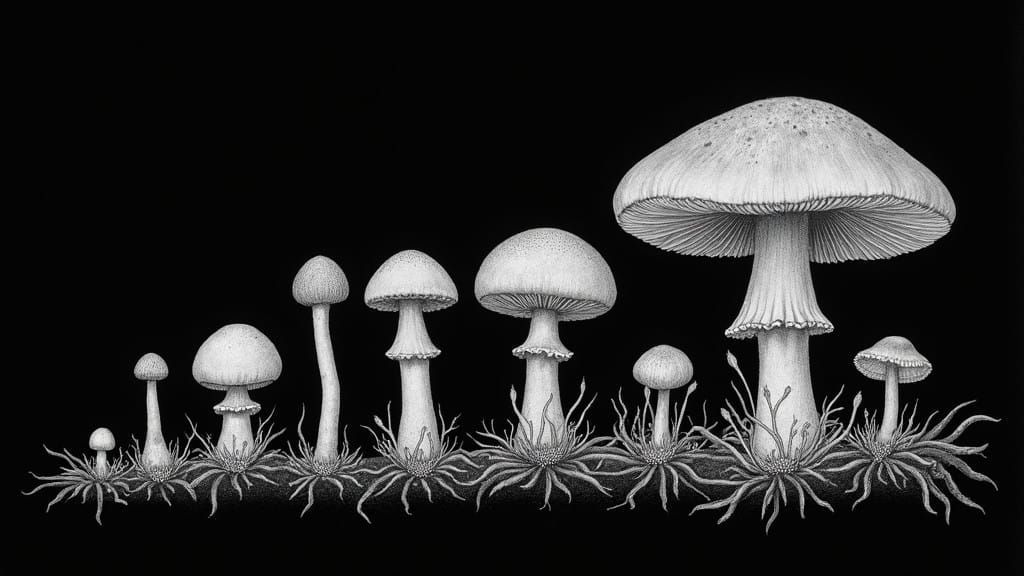The Story Behind Penis Envy Cubes: A Potent and Peculiar Strain
What Makes the Penis Envy Mushroom Strain So Unique?
If you've ever explored the potency differences among various Psilocybin-containing mushroom strains, you've likely encountered mentions of Penis Envy mushrooms. On platforms like Reddit, it's widely acknowledged among mushroom enthusiasts that the Penis Envy strain, named for its distinctive shape, tends to produce more potent effects than the average Cubensis mushroom. Even a well-respected Shroomery user, RogerRabbit, famously stated, "Cubes are cubes, with the exception of PE." But why is this strain different? Where did it originate? And what makes it stand out from the rest? While the full history of Penis Envy (P.E.) mushrooms remains somewhat enigmatic, we’ll delve into some intriguing points that might shed light on the hype surrounding this particular P. Cubensis variety.
At one time, mycologist John Allen suggested that the original Penis Envy mushroom may have been discovered in the Amazon by Terrence and Dennis McKenna in the early 1970s. Hamilton Morris, a journalist who explores psychoactive substances, also mentioned that the original specimen was "taller and thicker than anything found in American soils" and described it as "a monstrous Amazonian mushroom growing on the dung of local Zebu cattle." However, these claims about the McKenna brothers finding a penis-shaped mushroom were never fully confirmed. Terrence often discussed the masculine energies of mushrooms, so it's curious that he didn't explicitly recall encountering one shaped like a penis. The brothers did embark on numerous mushroom-hunting expeditions, including several in the Amazon, so it's plausible that the legendary Amazonian spore sample they discovered became the genetic ancestor of what we now recognize as Penis Envy, through a process of genetic isolation.
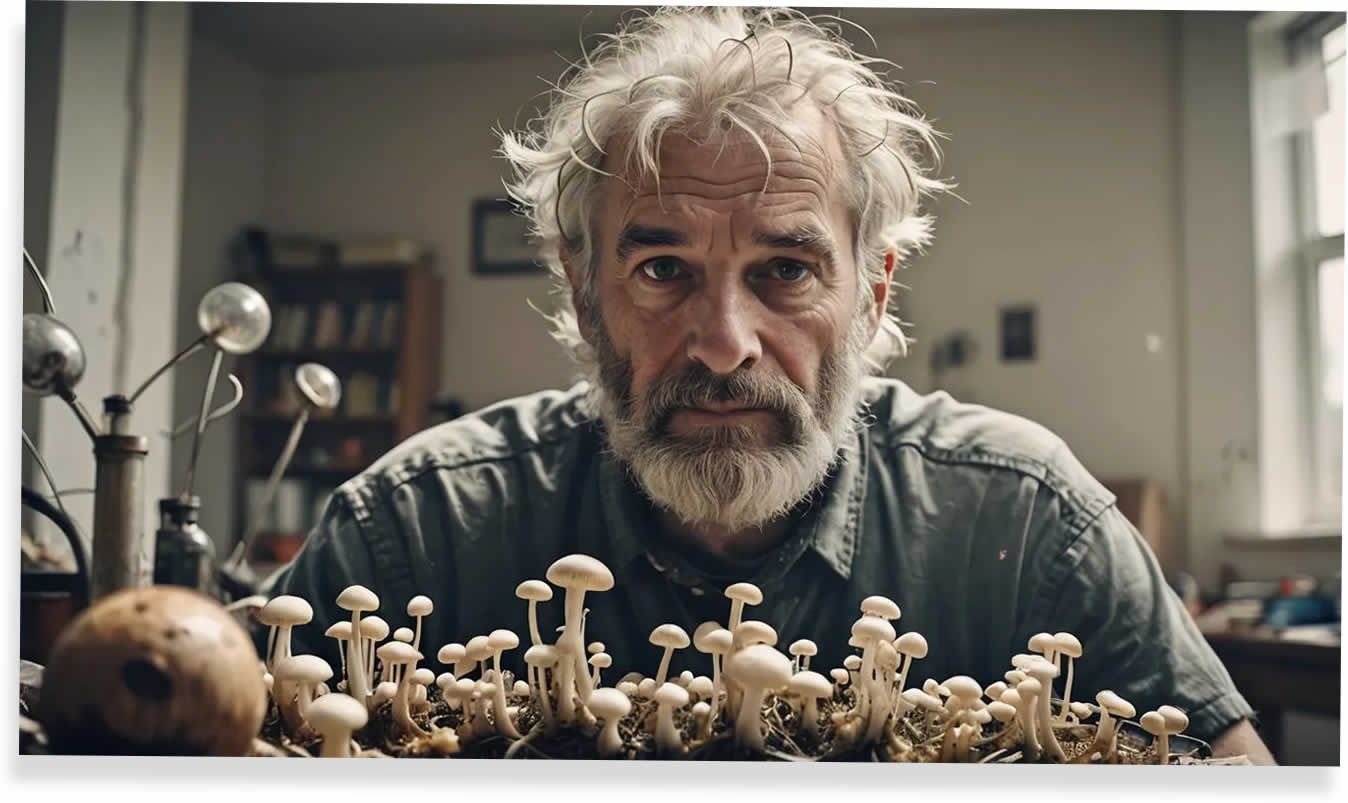
According to Hamilton Morris's theory, pioneering Psilocybe Cubensis mycologist Steven Pollock may have been sent some of the original Amazon prints from the McKennas and isolated the strain himself, which eventually led to the development of the penis-shaped mushroom and the Penis Envy strain. Before his untimely death, Pollock is said to have mailed a spore print labeled "Penis" to another mycologist and print vendor, Rich Gee.
For a time, many believed this unique mushroom had been lost, but John Allen eventually found that Rich Gee was selling spore swabs (a sterile cotton swab used to collect spores from a mushroom's gills) of Penis Envy. Around the same time, a Shroomery user was rumored to have a print from Terrence McKenna's personal collection, though there may have been some confusion stemming from Rich Gee's claim that he originally obtained the print from the McKennas. The true origin remains uncertain.
As the story becomes more convoluted, it's challenging to pinpoint the exact source of the original Penis Envy spore sample, and the name's origin is equally unclear. However, in another twist to the already puzzling tale of the Penis Envy mushroom, SporesWorldwide received a message from Rich Gee regarding John Allen's (also known as "Mushroom John" or "mjshroomer" on Shroomery.org) claims. He stated:
"The Penis Envy mushrooms began with Jewel Stevens [sic; possibly a nickname for Jule Stevens?] who dropped by my house to show me some Amazon mushrooms he had acquired. They supposedly came from Terrence McKenna in a roundabout way. There was no bloody letter with spores sent to me by anyone. The mushrooms I saw were dried and looked normal. I cultured the spores, and the mushrooms were grown in a hexagon plexiglass fish tank by Jule Stevens. In the tank, there were three distinct strains, two normal and one different enough to attract my attention. This strain did not look like a penis. The strain was cultivated, and the mushrooms that grew were long-stemmed with big heads. I picked the biggest one, which just happened to be the one that blued the most. The next generations started to resemble penises. Again, the biggest and most bluing one was cloned. After several more generations, the mushrooms began to look more like penises. There was never any contact with McKenna, and to my knowledge, we never met."
One day, I collected a bag full of mushrooms from a friend who was growing Penis Envy so I could photograph them. At the time, Jewel Stevens was dating an exotic dancer, and when I stopped by to visit him, there were six dancers visiting his girlfriend. They wanted to know what I had in the bag. I said, 'You don’t want to know.' They insisted, so I pulled out a gallon zip lock full of mushrooms and showed them. I asked, 'Anyone have Penis Envy?' The dancers all said in unison, 'They look like donkey dongs!!!' And that’s where the name came from."
Mushroom John has shared many stories about Penis Envy, but most of it is incorrect and largely his imagination.
Incredible! We might finally have an explanation for the origin of the name "Penis Envy" and how fitting it is, considering its Freudian inspiration.
Despite the uncertainty surrounding the Penis Envy mushroom strain, a few things are clear. First, it's fascinating to think that any of the legends mentioned above might have played a role in the creation of this highly sought-after P. Cubensis strain. Moreover, whatever genetic manipulation occurred along the way not only increased the potency of the Penis Envy mushroom but also gave it its distinctive shape.
Pretty trippy, right? Whatever mushroom alchemy was at work here, it certainly seems to have been successful! This unique Psilocybin Cubensis variety is sure to be remembered in the annals of mycology.
